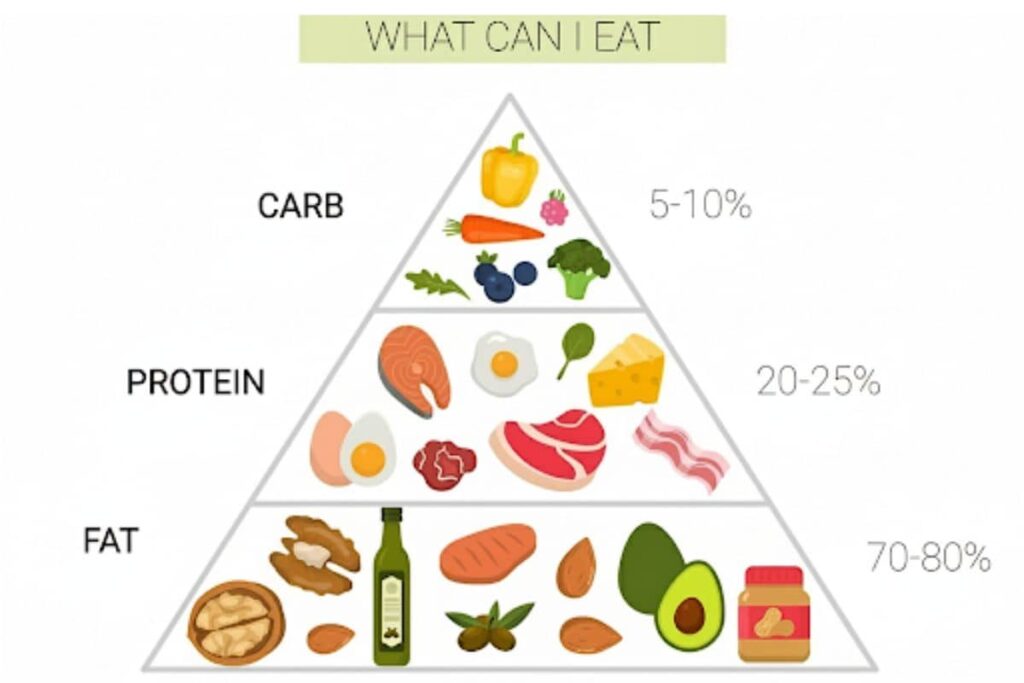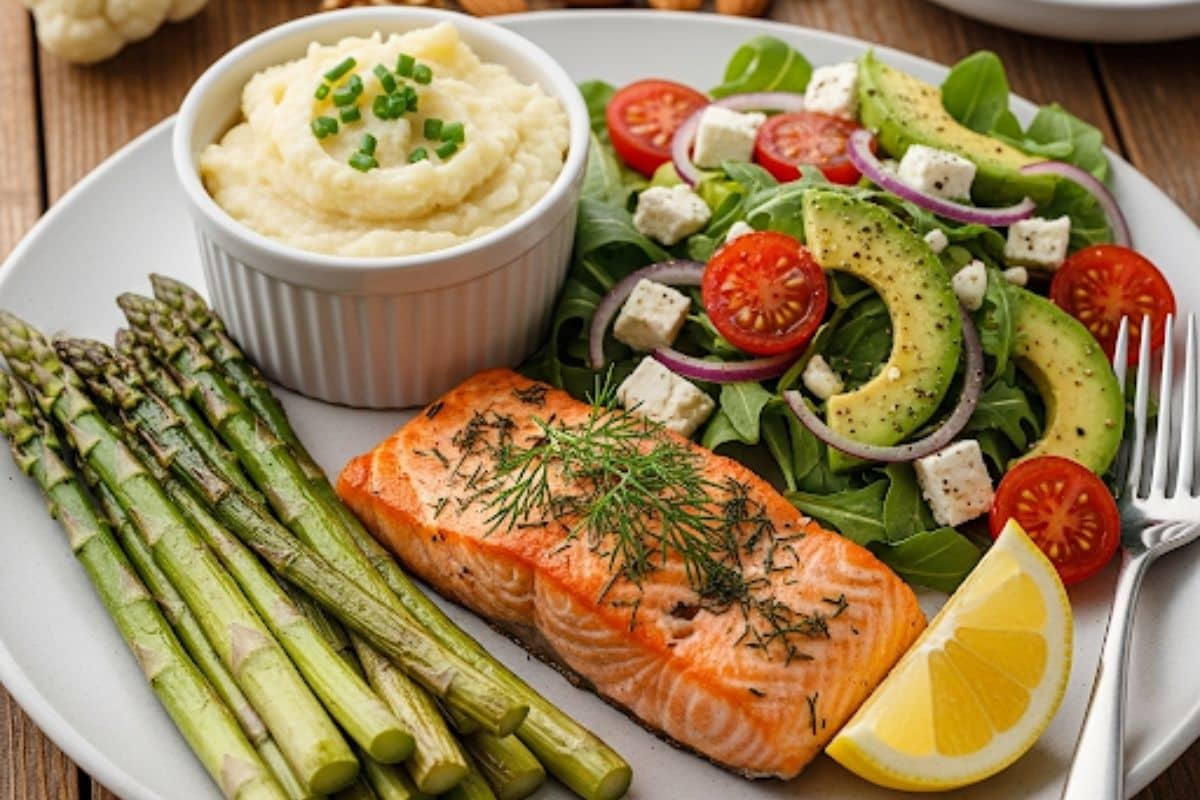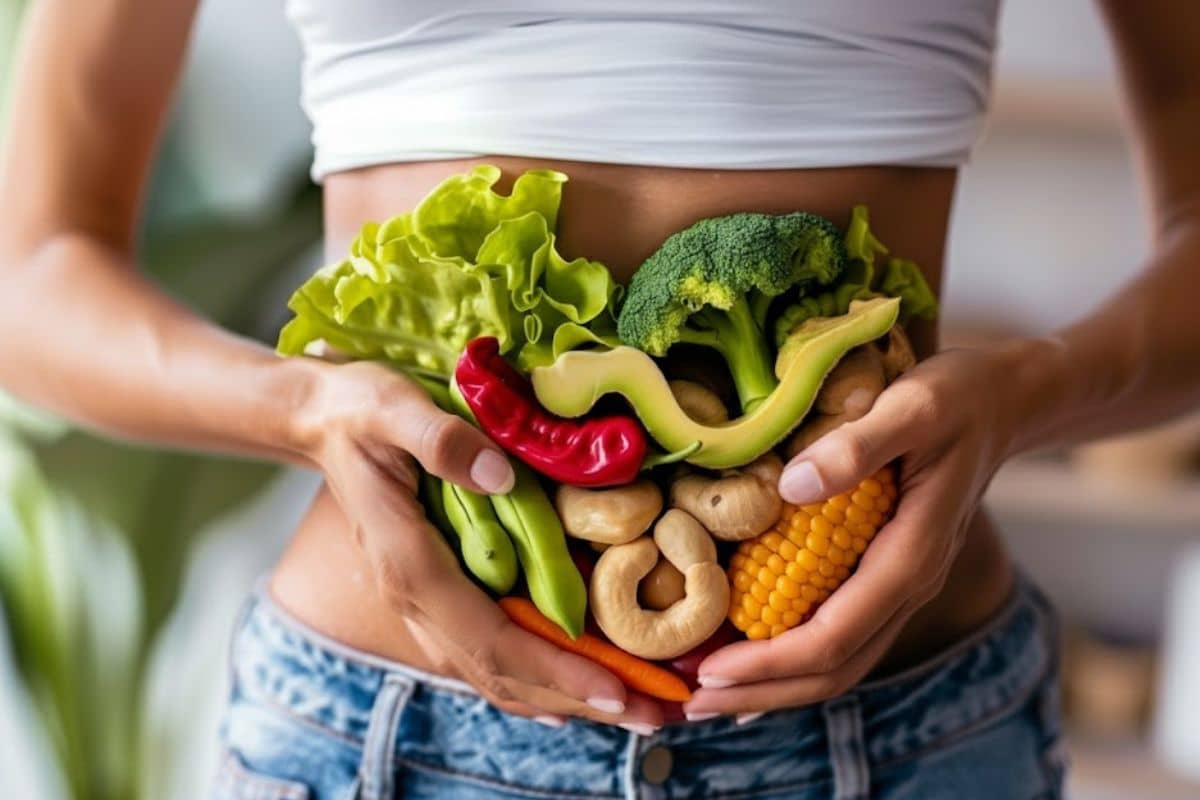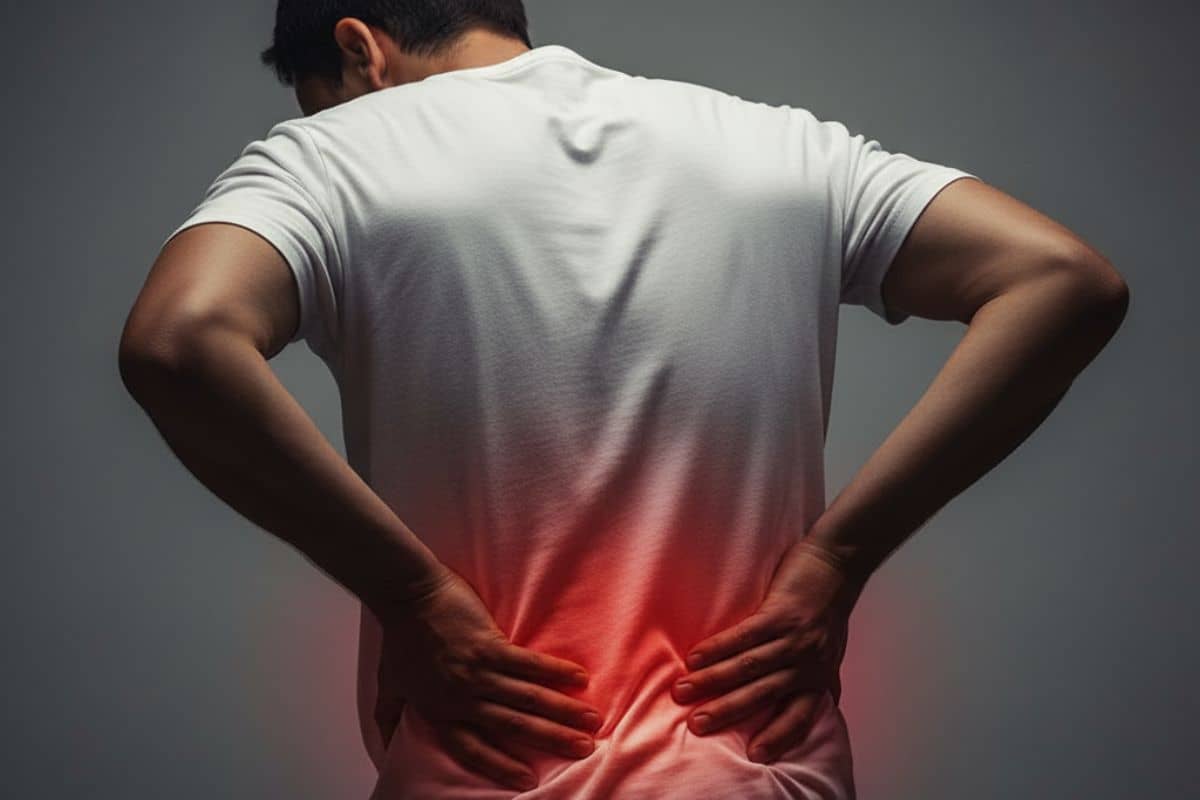The fundamental principle of the Keto Diet is to drastically reduce carbohydrate intake and replace it with healthy fats. This shifts the body into a metabolic state called Ketosis, where fat becomes the primary fuel source instead of glucose. This process enhances fat burning and keeps energy levels stable all day long.
When the body receives fewer carbs, glucose levels drop. To compensate, the liver breaks down fats into ketone bodies, which then serve as the primary energy source. This process, called Ketosis, helps the body continuously burn fat. It not only promotes rapid weight loss but also provides a steady energy supply.
The benefits of Keto go beyond weight loss. It improves metabolism, regulates blood sugar, enhances mental focus, and reduces hunger pangs. When followed correctly, this diet supports both physical health and mental clarity, making it one of the most effective lifestyle changes for overall wellness.
Most people notice quick weight loss after starting Keto. With limited carbs, the body is forced to burn fat for fuel. This speeds up fat reduction, especially around the stomach and waist. Seeing visible results in just a few weeks keeps people motivated and consistent with their diet journey.
In Ketosis, the body receives a continuous supply of energy from burning fat. Unlike carb-based energy, which causes spikes and crashes, fat-based energy is steady and long-lasting. This reduces fatigue and helps people stay active all day, making the Keto Diet an ideal choice for an energetic lifestyle.
The Keto Diet helps maintain stable blood sugar levels. By avoiding high-carb and sugary foods, glucose spikes are minimized, keeping insulin levels balanced. This stability not only benefits diabetic patients but also sharpens mental focus and concentration. Many report reduced brain fog and improved productivity after following Keto.
The Keto Diet may not be suitable for everyone. While it provides excellent results for some, it may pose risks for others. Understanding who can safely follow this diet and who should avoid it is crucial before starting. Consulting a doctor is always recommended for safety.
The Keto Diet is highly beneficial for people struggling with obesity or those aiming for quick weight loss. It can also help individuals with insulin resistance or type-2 diabetes manage their blood sugar. Moreover, those who constantly feel fatigued may find Keto helpful in boosting energy and stamina.
Pregnant women, heart patients, individuals with kidney or liver issues, and the elderly should avoid this diet unless medically advised. For children, Keto is also not recommended. Following Keto without proper guidance may cause nutrient deficiencies or health complications, making professional advice essential before adopting it.
A successful Keto Diet requires selecting the right foods that are rich in fats and proteins but low in carbs. These foods keep you full for longer, prevent cravings, and support the body’s transition into Ketosis. Choosing the correct list of ingredients is the foundation of Keto success.
Eggs, chicken, fish, lamb, and paneer (cottage cheese) are great protein sources in Keto. They help preserve muscle mass while encouraging fat loss. Protein-rich foods also provide satiety, reducing frequent hunger. Including them in every meal ensures balanced nutrition and supports physical activity during the diet.
Avocados, nuts, seeds, coconut oil, olive oil, and ghee are essential fat sources for Keto. These not only provide energy but also improve heart health. Healthy fats make the diet flavorful and sustainable, while also ensuring that the body receives the right fuel for Ketosis.
Vegetables like spinach, cauliflower, cabbage, bell peppers, and cucumbers are low in carbs and ideal for Keto meals. For snacks, boiled eggs, cheese, and nuts are perfect options. These foods provide nutrition, keep cravings under control, and make the Keto lifestyle both easy and enjoyable.
Avoiding high-carb foods is just as important as eating the right ones. Certain foods can disrupt Ketosis and slow down results. Knowing what to exclude is crucial to keep the diet effective and ensure steady fat burning throughout your journey.
Wheat, rice, barley, corn, and lentils are all high in carbs and should be eliminated from a Keto Diet. Including them can throw your body out of Ketosis, stopping fat burning. Replacing these with low-carb alternatives ensures the diet works as intended.
Bananas, mangoes, and grapes, along with sugar and honey, are not Keto-friendly. Even natural sugars can spike glucose levels and disrupt Ketosis. Instead, opt for small amounts of low-sugar fruits like strawberries and blueberries in moderation. This keeps the diet balanced and enjoyable without breaking Ketosis.
Biscuits, cakes, pasta, chips, and other processed foods are full of hidden sugars and carbs. These should be avoided at all costs during Keto. Eliminating such foods not only ensures effective weight loss but also helps in maintaining a healthier and more natural lifestyle overall.
For beginners, having a sample meal plan makes it easier to follow Keto consistently. A structured day-by-day example helps in understanding what to eat and what to avoid. Here’s a simple plan that works well for new Keto followers.
Jumping into Keto overnight can shock the body. It is better to transition gradually, giving your system time to adjust. With proper planning and patience, starting the Keto Diet becomes smooth, reducing discomfort and improving chances of success.
Instead of cutting all carbs at once, begin by lowering intake step by step. Gradually increase fats and proteins to balance energy. This approach prevents fatigue and makes it easier for the body to adapt to Ketosis. A slow transition ensures better sustainability and fewer side effects.
Stay hydrated, add electrolytes, and prioritize good sleep. Some initial symptoms like headaches and fatigue, known as Keto Flu, are common. These are temporary and can be managed with proper nutrition and rest. Following these tips helps the body enter Ketosis faster and more comfortably.
While the Keto Diet offers attractive benefits, it also comes with potential risks if not followed correctly. Initial discomforts are common, and long-term challenges may arise if the diet is not well-balanced. Awareness of side effects helps in managing them effectively.
In the beginning, many experience symptoms like headaches, dizziness, fatigue, and nausea, known as Keto Flu. This happens as the body shifts from using carbs to fats for energy. These symptoms usually subside within a few days, especially if you drink enough water and replenish electrolytes.
Reduced carbs lead to faster water and electrolyte loss, causing dehydration and mineral deficiencies. To prevent this, drink plenty of water and consume foods rich in magnesium, potassium, and sodium. Keeping electrolytes balanced is essential for maintaining energy and overall health during Keto.
Following Keto for extended periods can be difficult. Some may face digestive issues, constipation, or nutrient imbalances. Long-term sustainability may be challenging, so it is better to transition into a balanced diet after achieving weight-loss goals. This ensures better health in the long run.
The Keto Diet Plan is a great option for people who want quick weight loss and improved health. However, it should not be followed blindly. With the right foods, proper guidance, and medical advice, Keto can become an effective and safe choice for healthy living.












